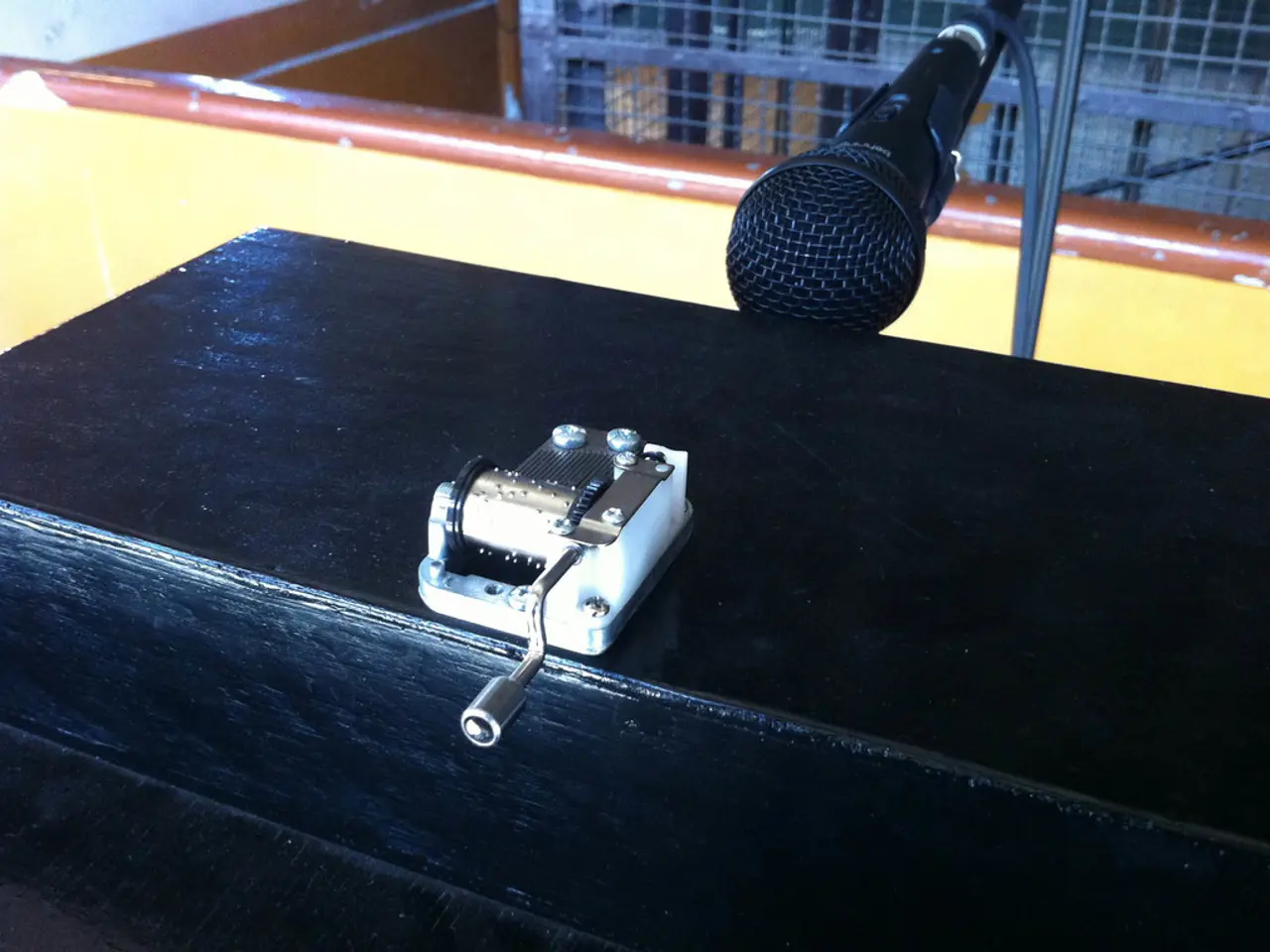Control Systems Utilizing AES70 Technology
### The Rise of AES70: Revolutionising Pro AV Industry
In the dynamic world of Pro AV technology, a significant shift is underway, as the AES70 standard, developed by the OCA Alliance, is rapidly becoming a game-changer. This open standard serves as a universal language for control and monitoring of networked audio devices, ensuring seamless integration across various hardware platforms [4][5].
#### Paving the Way for Progress
The AES70 standard is gaining momentum, with an increasing number of companies adopting it for their AV solutions. Products like the MIURA series, for instance, support this standard, enabling compatibility with DANTE devices [1][3]. The OCA Alliance continues to champion AES70 as a system control standard, fostering interoperability and flexibility in AV systems [5].
The adoption of AES70 is spurring innovation in the Pro AV market, with companies launching new products or upgrading existing ones to support this standard [4].
#### A Vision for the Future
Although specific development plans for AES70 are not extensively detailed, the focus remains on enhancing interoperability and facilitating the integration of AES70 into a broader range of AV devices. This is achieved through ongoing support from the OCA Alliance and continued adoption by industry manufacturers [6].
#### Empowering Developers and Users
For hardware developers, AES70 offers numerous advantages. It allows for the creation of products that can seamlessly integrate with other devices, reducing compatibility issues and enhancing system flexibility [4]. The open nature of AES70 avoids proprietary lock-ins, making it easier for developers to build compatible products without licensing restrictions [5]. By adopting an industry-standard protocol, developers can focus on innovation rather than compatibility, driving advancements in AV technology [4].
Users also stand to benefit significantly. AES70 enables devices from different manufacturers to communicate effectively, making it easier to set up and manage AV systems [4]. The standard supports a wide range of applications, offering users more flexibility in system design [5]. Furthermore, by using an open standard, users are less likely to encounter obsolescence issues when upgrading their systems, as new devices can be easily integrated [4].
#### AES70: A Universal Solution
AES70 serves as a communications architecture for the control, monitoring, and connection management of networked audio and video devices. It is designed to be agnostic, cohabitating harmoniously with other technologies such as Dante, MILAN, RAVENNA, AVB, AES67, analog, or whatever [8].
AES70 offers a level of interoperability with other devices, systems, and tools, particularly useful for controllers. It provides benefits such as control, customisation, and consolidation, as well as functional benefits like information exchange and concurrent control from multiple users [7].
Moreover, AES70 is designed to control any type of AV device, with the downloadable specification containing all necessary information for building an AES70-compliant device from scratch, if desired [9]. The standard targets professional applications and can work for up to 10,000 devices, working alongside any media transport protocol to deliver a complete media network platform for digital audio and video systems of any size [10].
In conclusion, the AES70 standard is transforming the Pro AV industry by promoting interoperability, innovation, and flexibility for both hardware developers and users. This open public standard, free of licensing fees, is set to redefine the future of AV technology.
Products in the Pro AV industry are increasingly adopting the AES70 standard to enhance compatibility, as seen with products like the MIURA series [1][3]. This trend is fostering interoperability and flexibility in AV systems, driven by the OCA Alliance [5].
The AES70 standard is designed to be universally applicable, cohabitating with various technologies such as Dante, MILAN, RAVENNA, AVB, AES67, analog, or others [8]. This feature offers developers the advantage of creating products that can seamlessly integrate with other devices, reducing compatibility issues and improving system flexibility [4].




